Share on twitter
Twitter
Share on facebook
Facebook
Share on linkedin
LinkedIn
Share on reddit
Reddit
Share on print
Print
The unusual ESARCO vehicles were developed by Major Michael Somerton-Rayner as a private initiative in response to lessons learned by the British Army in the 1982 Falklands Conflict, the need for lightweight high mobility load carriage.
Using simple construction, the design utilised off the shelf Land Rover components to produce a range of high mobility vehicles.
Esarco 8×8
The vehicle used Land Rover 110 components, and when driving on road, the second transfer case was uncoupled and the vehicle became an 8×4. The basic vehicle could cross a 1m gap, wade to 800mm, and travel at 60mph on roads.
With 8×8 drive, offroad performance was reportedly brilliant, with the chassis able to maintain high levels of stability whilst retaining traction. Unloaded ground pressure was 4.4 psi and loaded, 7.8 psi. With a crew cab, the payload was 2.5 tonnes and it could tow loads up to 4 tonnes. The petrol engine was a 3.5l V8 unit from Rover and an option for a Perkins Phaser diesel engine came later.
The first iteration of the 8×8 was 4.5m long, 2m wide and 1.33m high, with the cab erected, 2.6m high. The cargo load bed was 3m long and 1.9m wide, enough to carry 2 standard NATO pallets.
The range was 240 miles at 10 mpg cross country. The basic cargo version could also be fitted with seating. With a fold-down cab, it was designed for Chinook carriage, two per helicopter.
Eight could be carried inside a C130, it could be airdropped and a Chinook could sling load two.
A 105mm Light Gun limber variant could tow the gun and carry two pallets of ammunition, together with a crew of three.
Additional vehicles could carry more ammunition.
A fire protection variant of the 8×8 was proposed, fitted with a 1,000 litre pre-mix foam container, pumping and rescue equipment. A 25m 50mm diameter hose and various nozzles completed the fit. The system was capable of discharging at a rate of 500 litres per minute with a throw distance of 25m.
An Air Defence variant with a single 20mm Oerlikon cannon with 2,000 ready rounds was proposed, and this would have used outriggers to provide stability.
A more mature and slightly wider variant was trialled as a towed Rapier Field Standard B system.
Vehicle 1 carried 21 missiles and towed the fire unit
Vehicle 2 carried the tracker, generator and other required items, also towing the Blindfire radar system.
Both vehicles and their trailers could be carried in a single C-130 Hercules.
A full range of additional variants were proposed.
Esarco 6×6
A smaller 6×6 version was developed after the 8×8 in response to the MoD requirement that would eventually be met by the Supacat ATMP.
It was essentially, a smaller and lighter version of the 8×8.
This version did actually enter service with the Portuguese Paratroop Regiment.
In 1988, the Esarco 6×6 was evaluated by the Singapore Army for use as an artillery tractor. Trials included different terrain, where it was said to have performed very well. The image below shows it on the test area with a Humvee and Supacat ATMP behind it.
It was also tested for air mobility using an RSAF Puma.
Singapore eventually selected Land Rover and Unimog vehicles.
[the_ad id=”54122″]
SS300
The US company, Stewart and Stevenson, subsequently developed the vehicle under licence, called the SS300.
Only a handful were produced.
HUGO
In the UK, the MWG group also purchased the design rights and developed the vehicle further into the Heavy Use Global Operation (HUGO) All-Terrain Vehicle. The Hugo 8×8 could carry a payload weighing 2 Tonnes, had a crew cab and diesel engine.
Both were said to be highly mobile, yet very stable.
The first, and only, production model, entered service with Oil Spill Response.
A footnote to an interesting episode in British all-terrain vehicle design and manufacture.
In May 2021, getting one of the few surviving examples to start after 25 years in a barn.
Fantastic.
Table of Contents
[adinserter block=”2″]
[adinserter block=”1″]
Change Status
| Change Date | Change Record |
| 01/03/2017 | initial issue |
| 09/09/2020 | Minor update |
| 15/07/2021 | Refresh and reformat |

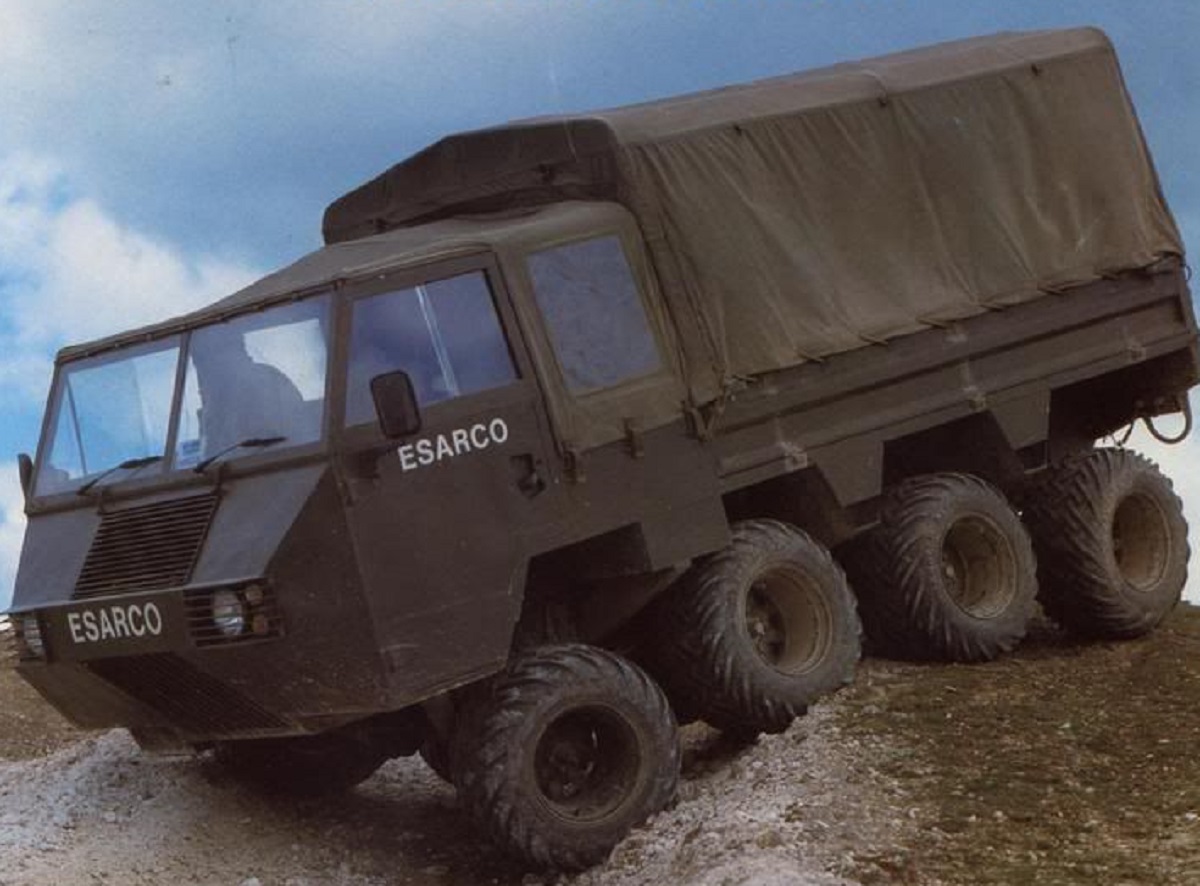
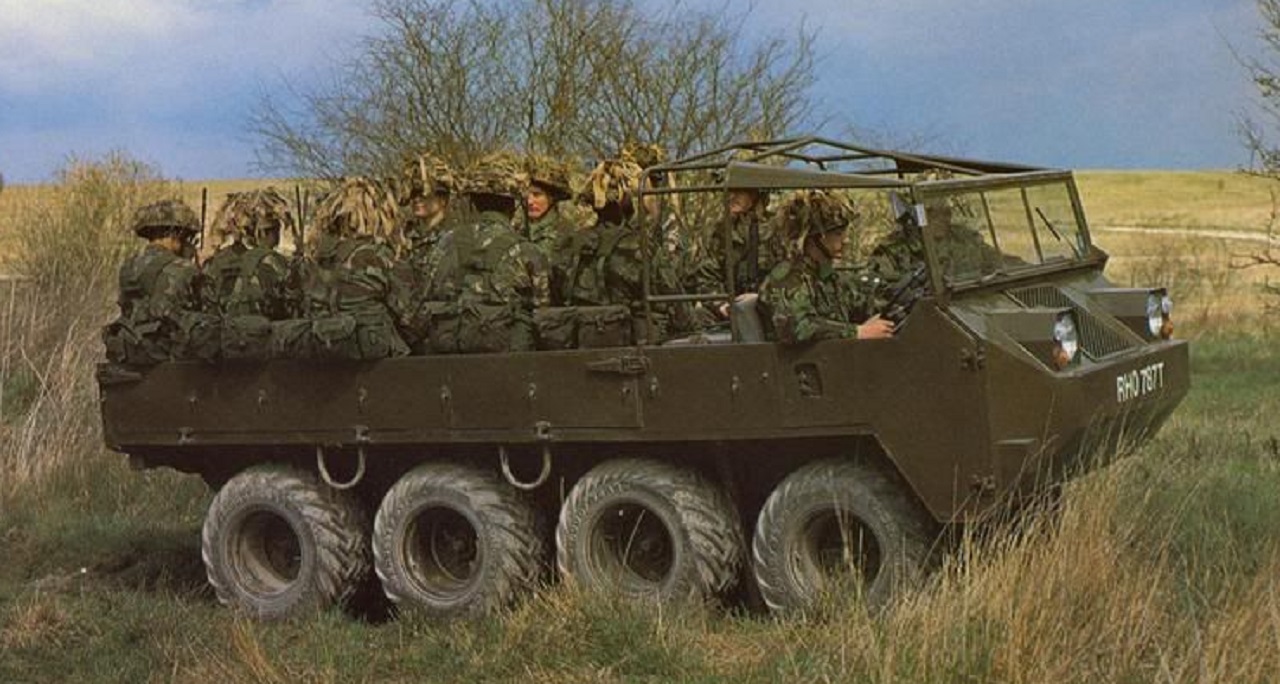

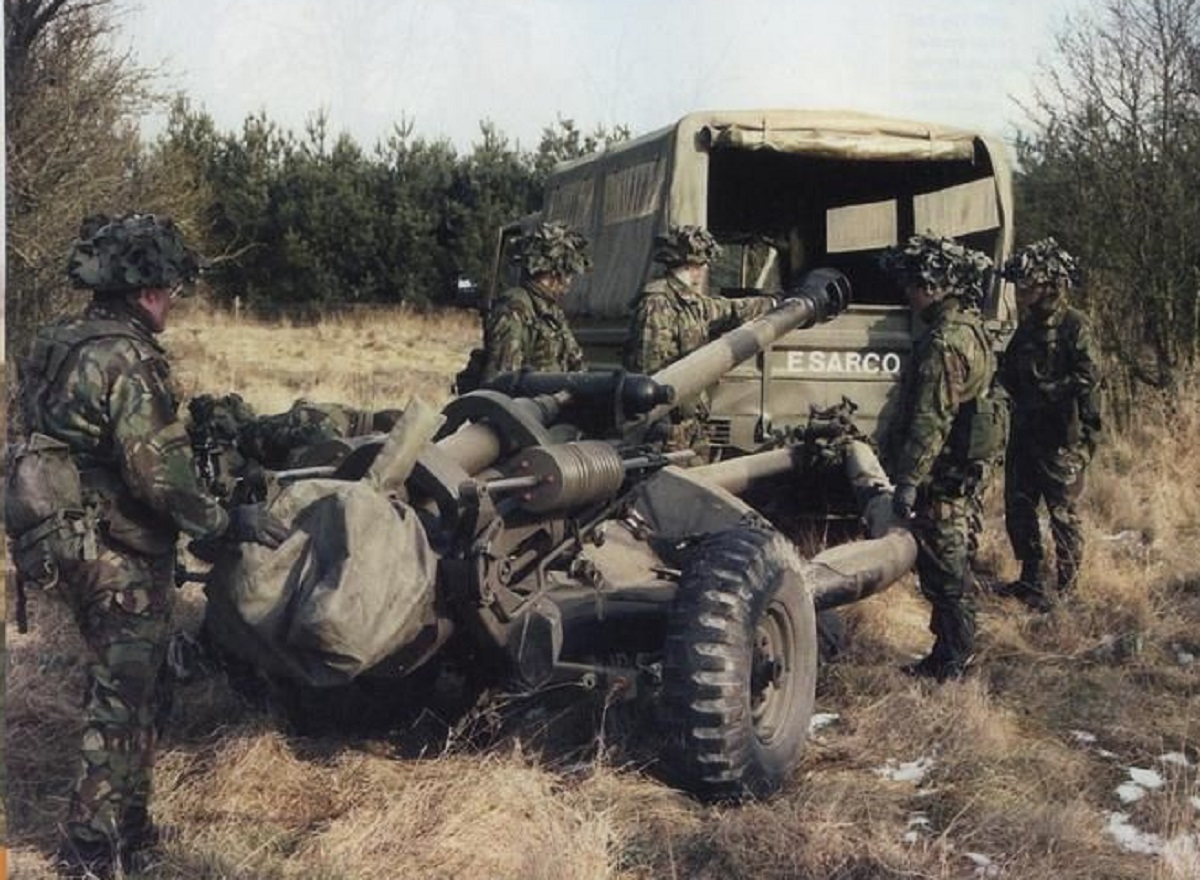
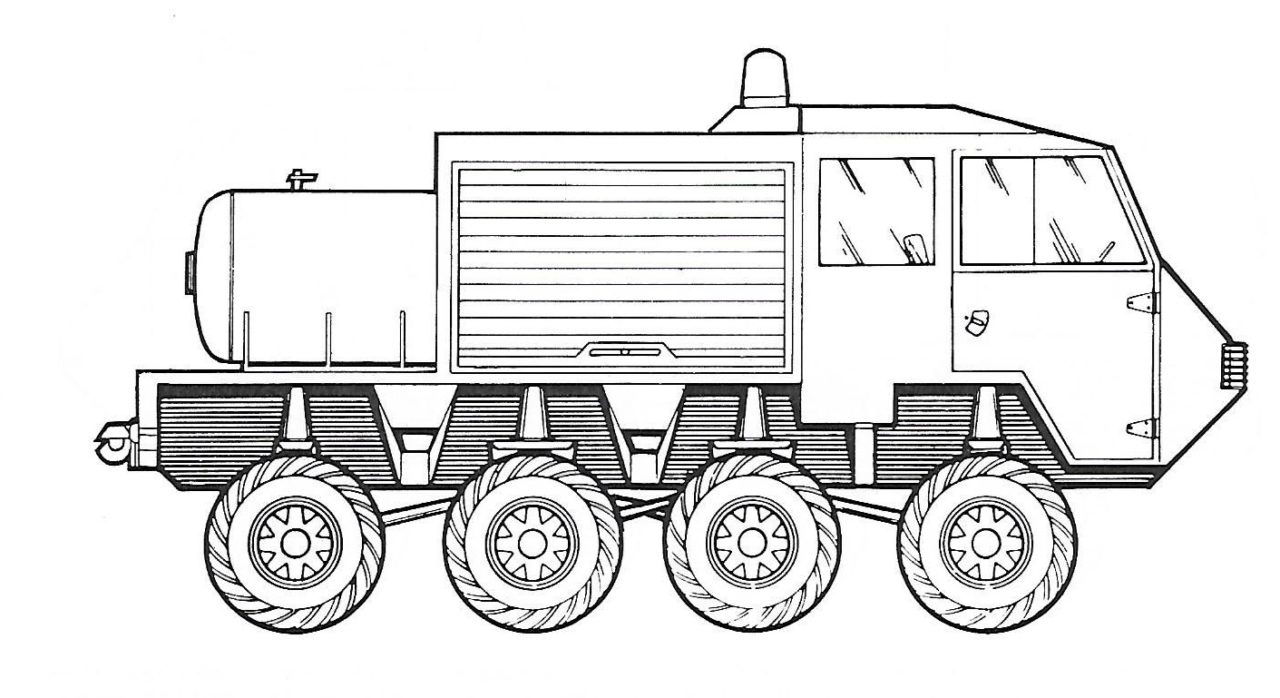
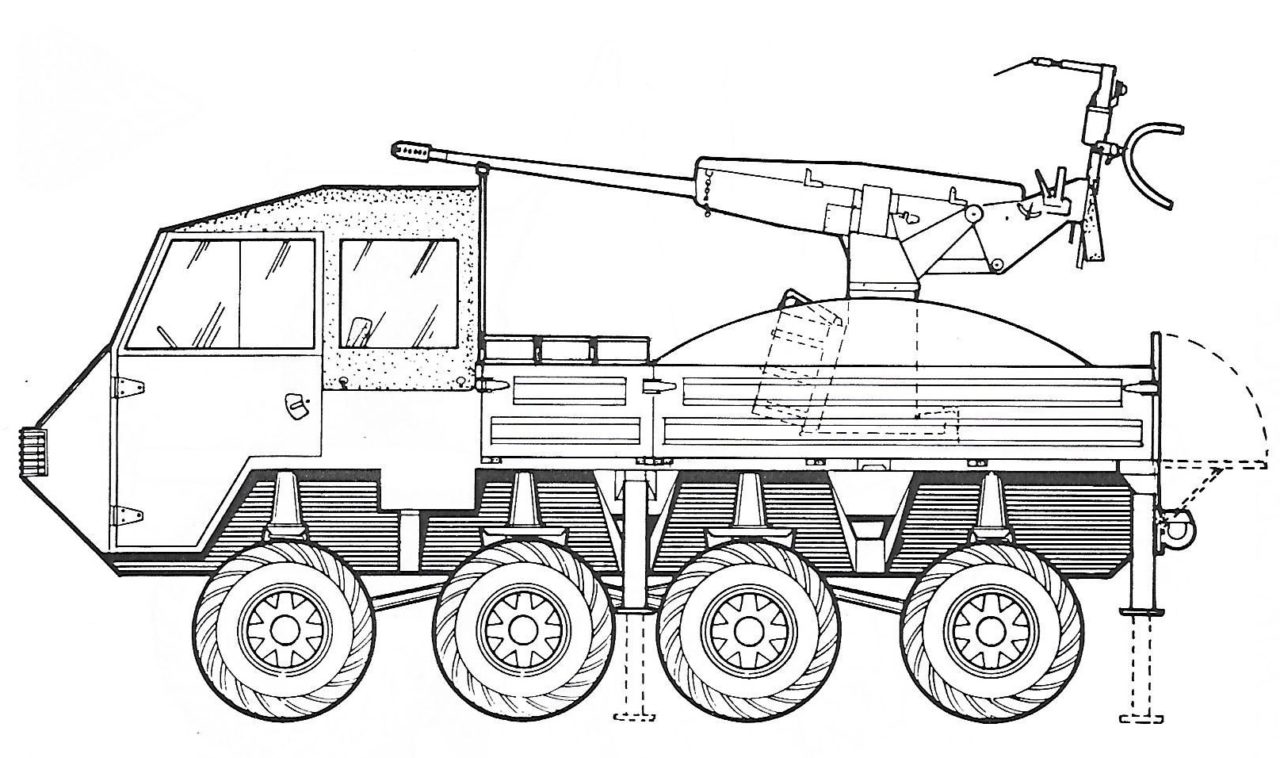
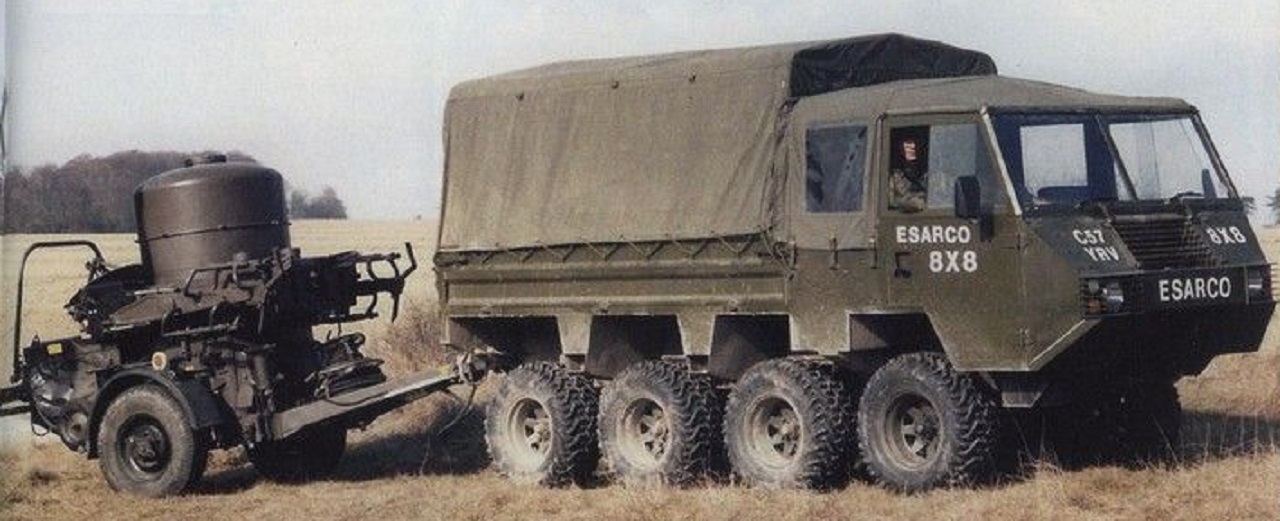
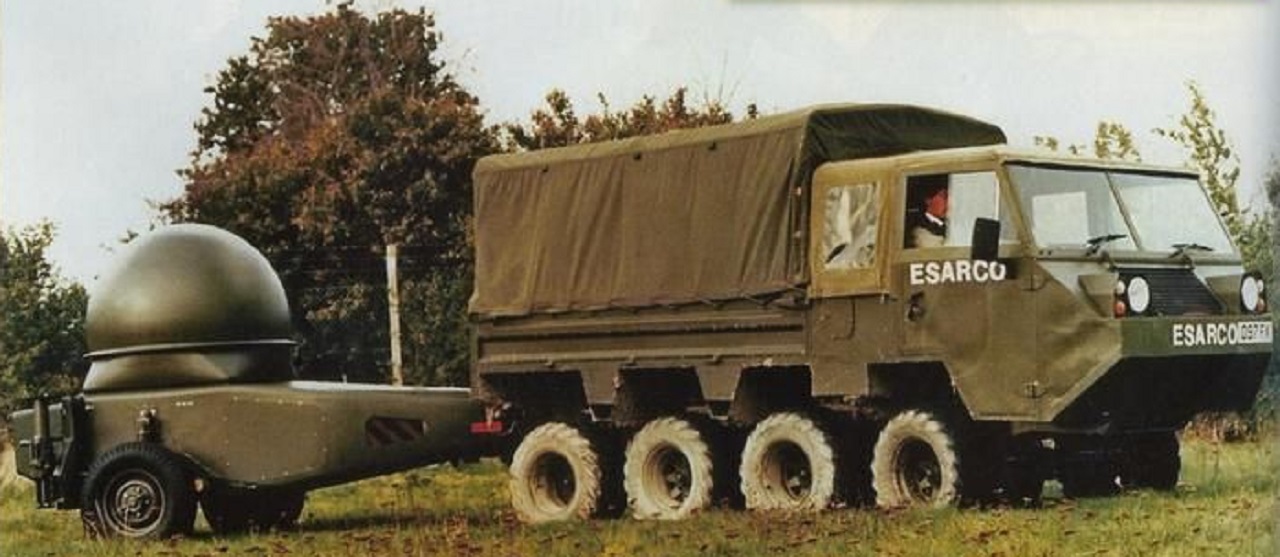
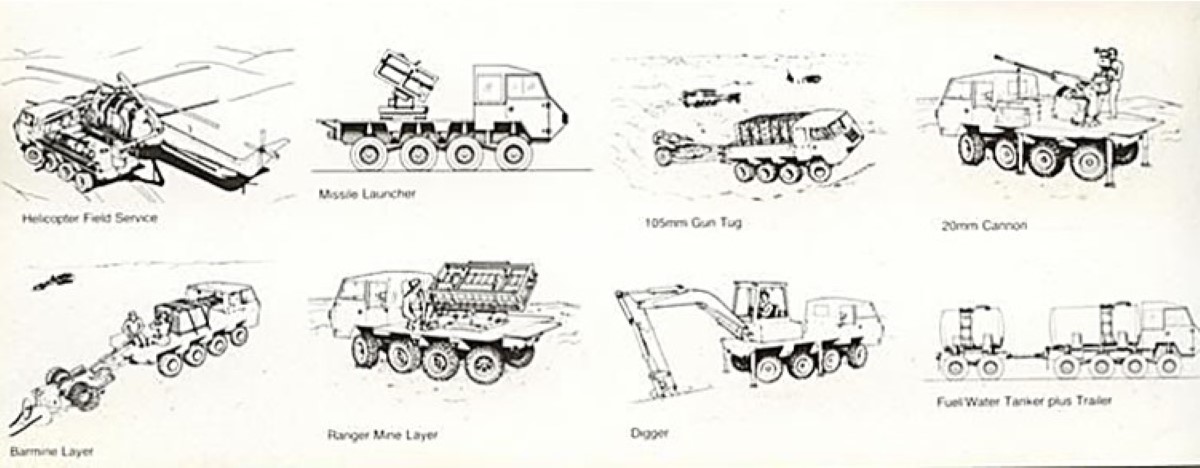
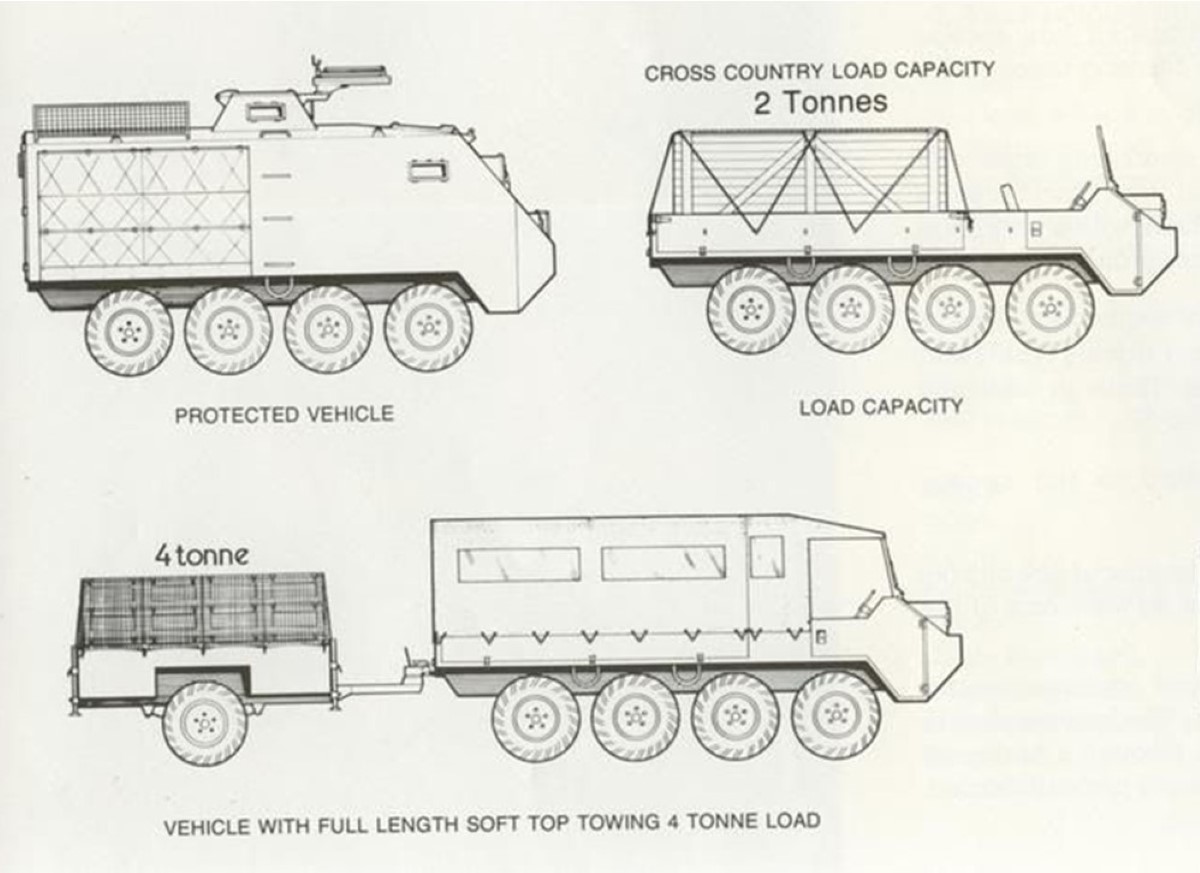
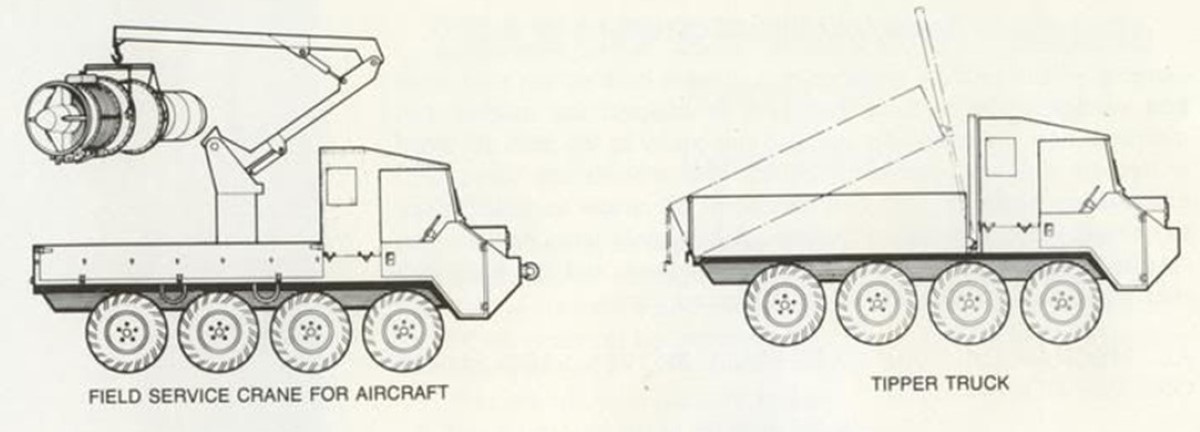

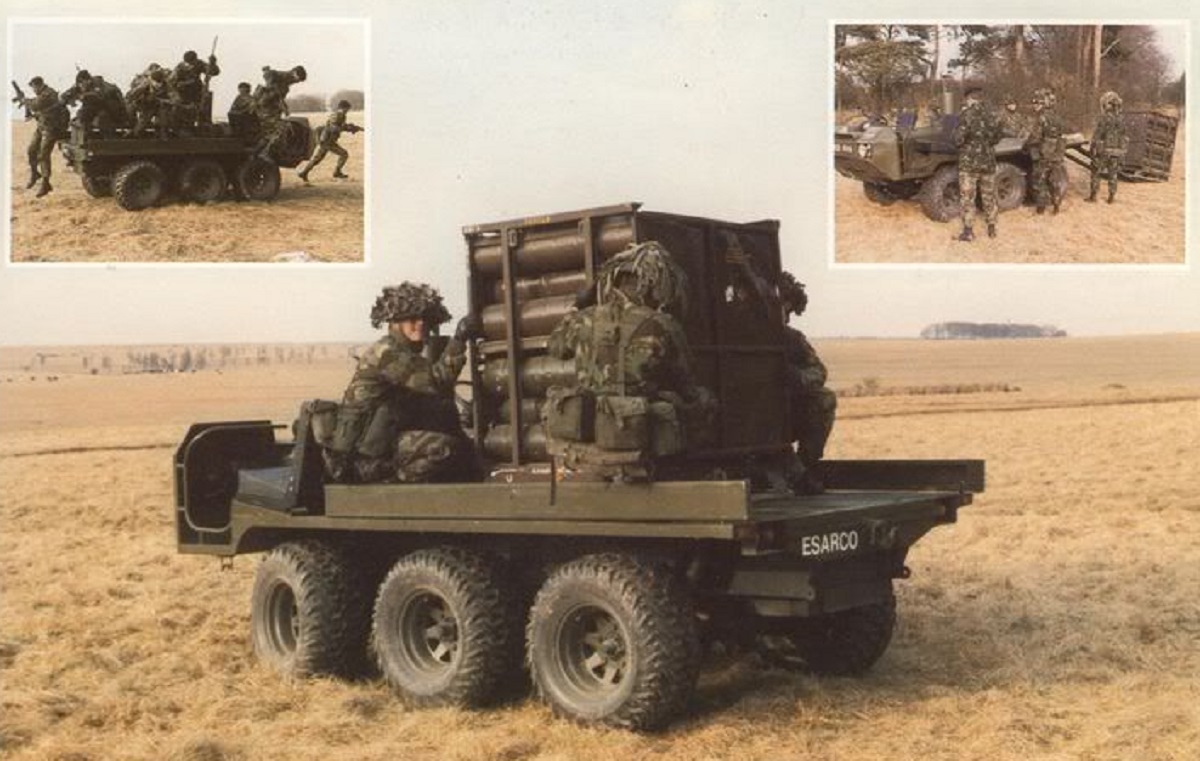
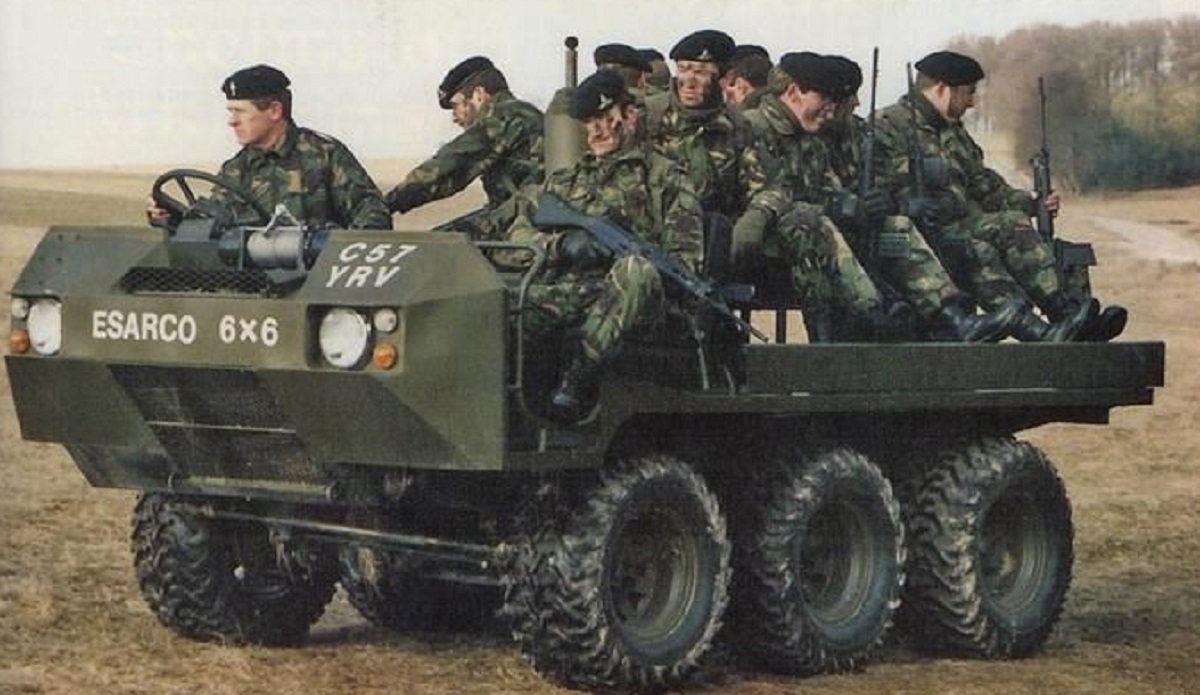
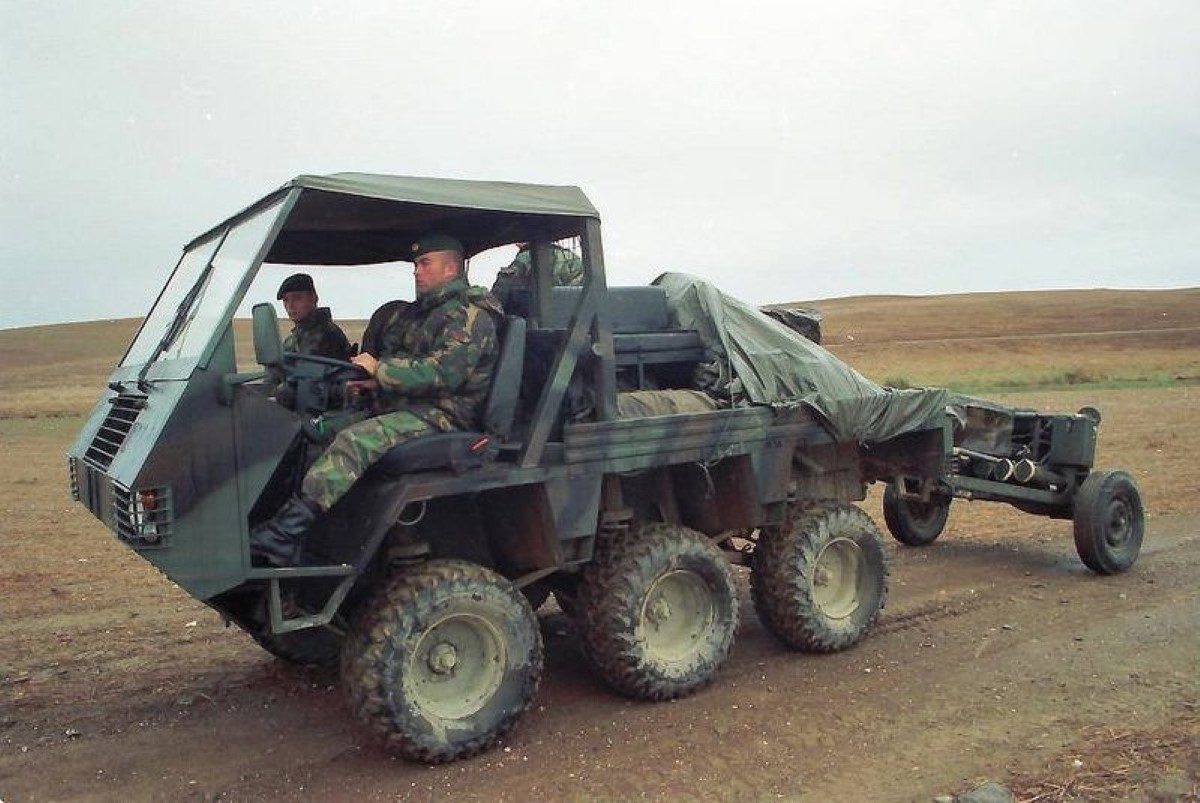
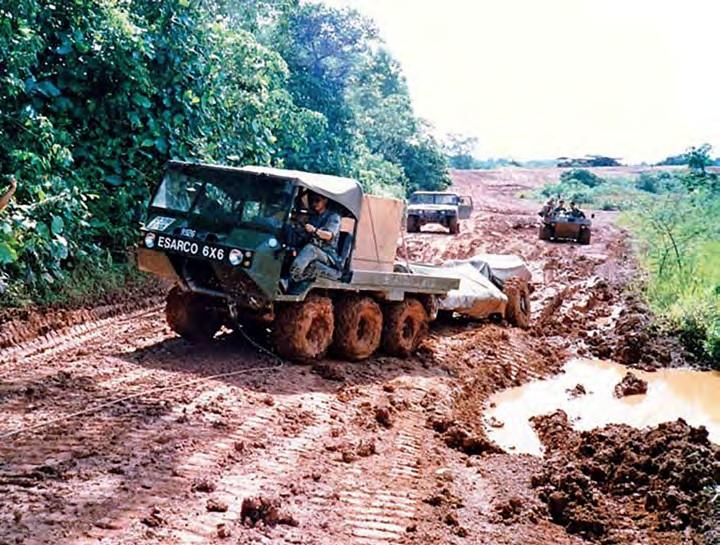
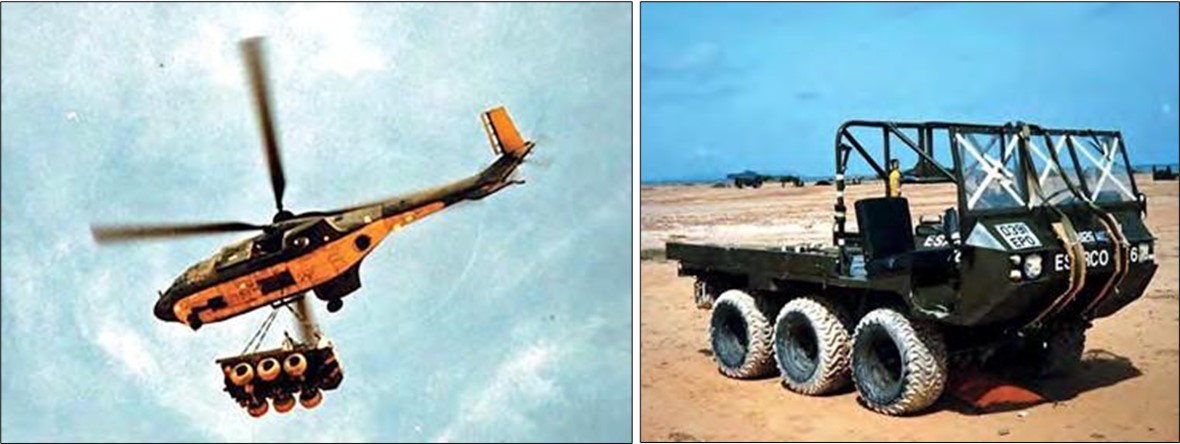

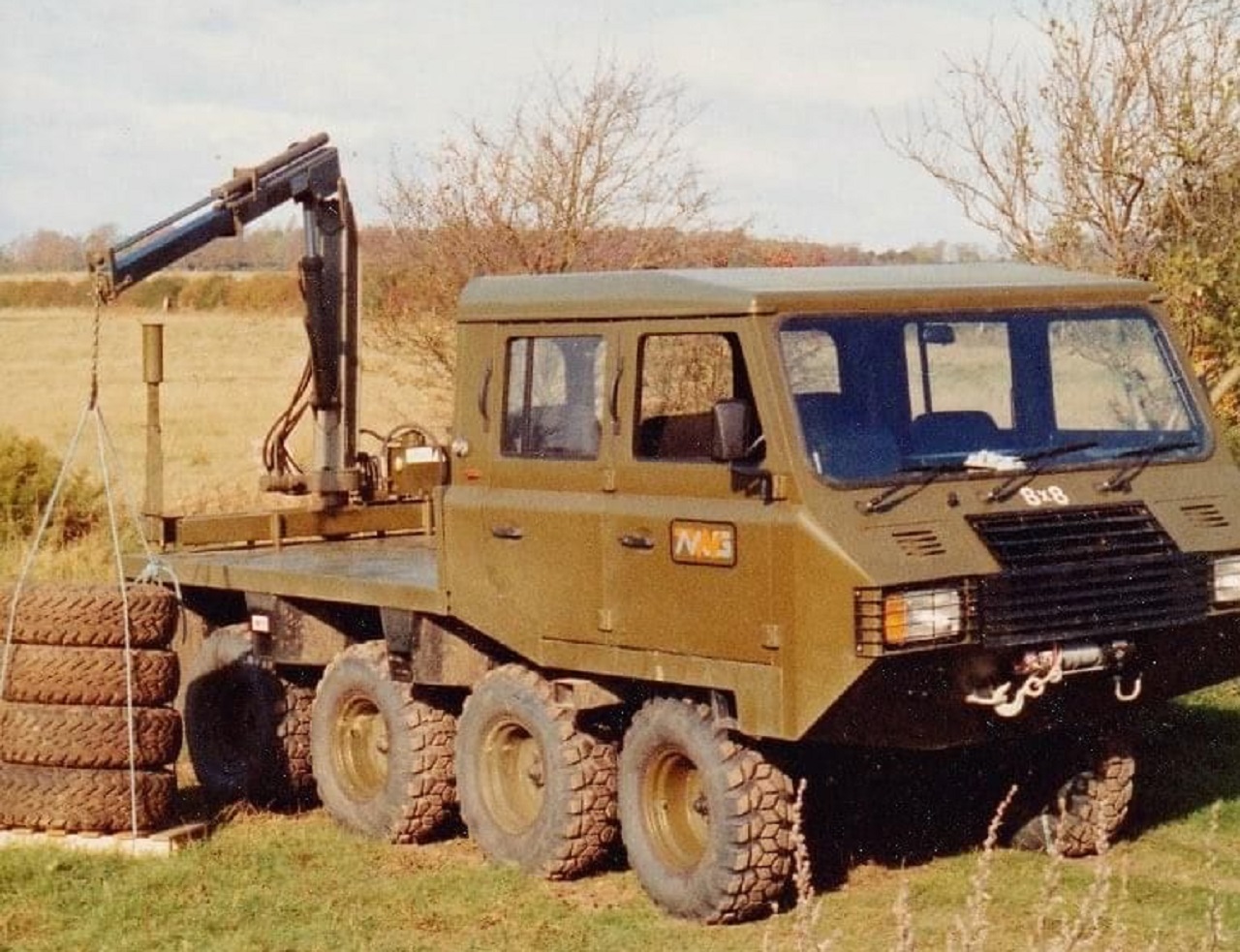

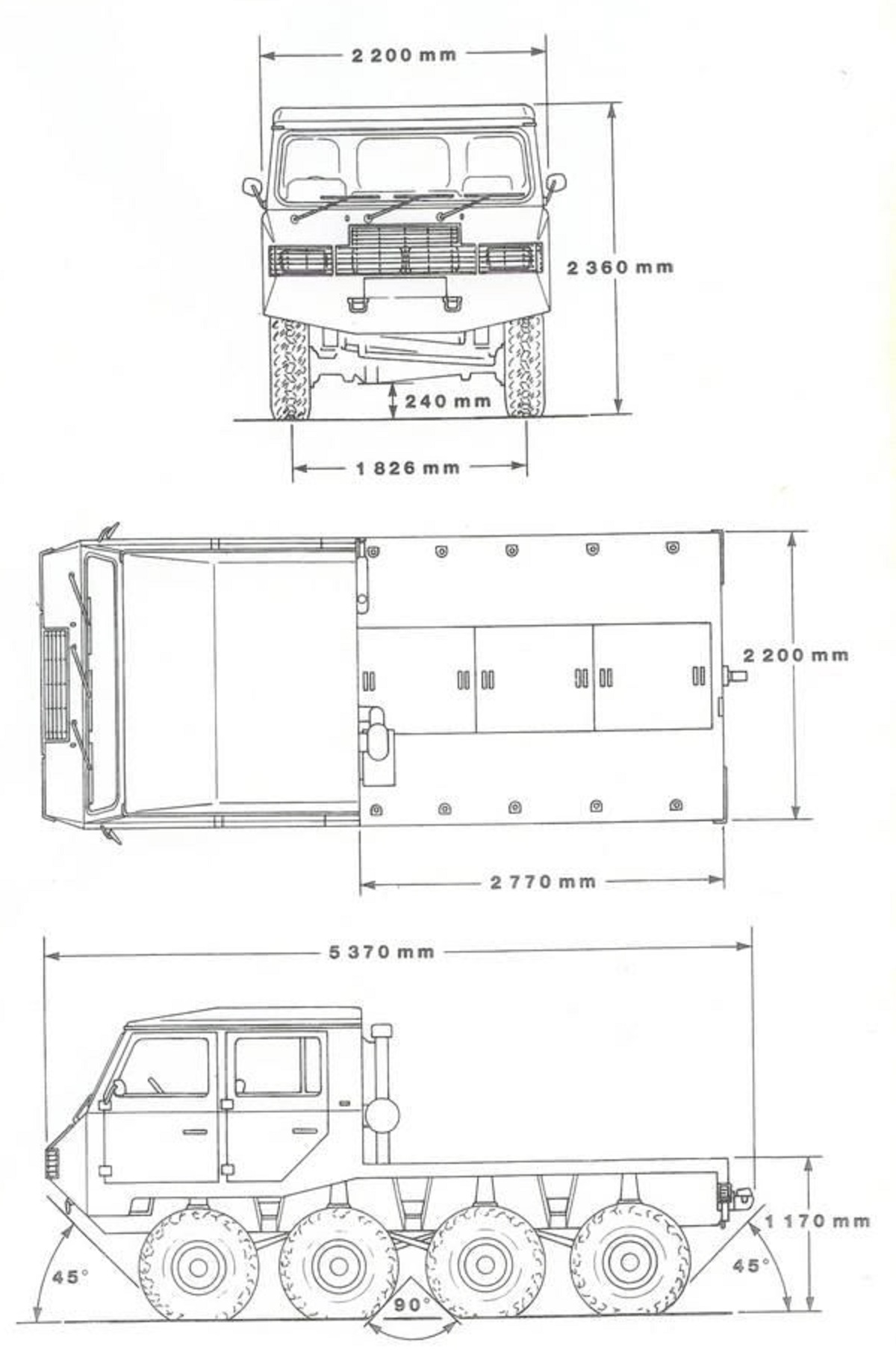
It looks like an oversized two-seat 6×6 ATV. The wheel travel is ugly short.